Description
Theme
“Taco Rain” is a game where a dragonfly attempts to catch falling tacos from the sky while avoiding troublesome ladybugs. You control the dragonfly by moving the mouse left and right.
Content
- Screen Size: Understanding and working within the screen dimensions.
- Property – Sprite’s Size: Changing sprite size using the “size” property.
- Import Sound: Importing and using sound effects in the game.
- Motion – Set X/Y Position: Using “set x to” and “set y to” blocks for sprite positioning.
- Sensing – Touching: Detecting sprite collision with the “touching” block.
Example of lesson
Module 6: Game Development Lesson 11: Taco Rain Game
Objective: Teach students how to create a Taco Rain game using properties, motion, sensing, and sound blocks in Scratch, where a dragonfly collects falling tacos while avoiding bad ladybugs.
Introduction:
- Introduce the “Taco Rain” game concept: Players control a dragonfly to catch falling tacos while avoiding bad ladybugs.
Content:
1. Screen Size:
- Explain the concept of screen size in the game.
- Discuss the importance of considering screen dimensions for gameplay.
2. Property – Sprite’s Size:
- Introduce sprite properties and their effect on appearance.
- Teach how to change a sprite’s size property.
3. Import Sound:
- Explain the significance of sound effects in games.
- Demonstrate how to import and use sound effects.
4. Motion – Set X/Y Position:
- Teach using motion blocks to control sprite position.
- Introduce “set x to” and “set y to” blocks for precise positioning.
5. Sensing – Touching:
- Introduce the “touching” block for detecting sprite collision.
- Explain how to use it for collision detection.
Scratch Commands Covered:
- Screen Size: Understanding and working within the screen dimensions.
- Property – Sprite’s Size: Changing sprite size using the “size” property.
- Import Sound: Importing and using sound effects in the game.
- Motion – Set X/Y Position: Using “set x to” and “set y to” blocks for sprite positioning.
- Sensing – Touching: Detecting sprite collision with the “touching” block.
Activities:
1. Introduction to Game:
- Present the game concept, goals, and controls.
- Explain that the dragonfly collects tacos and avoids ladybugs.
2. Screen Size and Sprite Properties:
- Discuss the importance of screen size for gameplay.
- Introduce sprite properties and the “size” property.
- Demonstrate how to change a sprite’s size property.
3. Sound Effects Setup:
- Explain the importance of sound effects in gaming.
- Demonstrate how to import and apply sound effects.
4. Dragonfly Movement Using Mouse:
- Teach how to control sprite movement using the mouse’s x-coordinate.
- Show how to use “set x to” and “set y to” blocks for positioning.
5. Falling Tacos and Bad Ladybugs:
- Introduce falling sprites (tacos and ladybugs).
- Explain how to create clones of falling sprites.
6. Collision Detection:
- Use the “touching” block to detect collisions.
- Program the dragonfly to collect tacos and avoid ladybugs.
7. Win and Lose Conditions:
- Set conditions for winning (collecting tacos) and losing (touching ladybugs).
- Explain how to end the game and display win/lose messages.
Conclusion:
- Recap the concepts learned: screen size, sprite properties, sound effects, motion, and sensing blocks.
- Encourage students to experiment with sprite sizes, sound effects, and gameplay dynamics.
- Discuss the importance of balancing gameplay for fun and challenge.
Assessment:
- Assess understanding through questions during the lesson.
- Evaluate student projects based on the functioning Taco Rain game.
- Have students demonstrate their games and explain how they applied the concepts covered.
Make sure to allow students ample time to playtest their games and refine the gameplay elements for an engaging and enjoyable experience.



